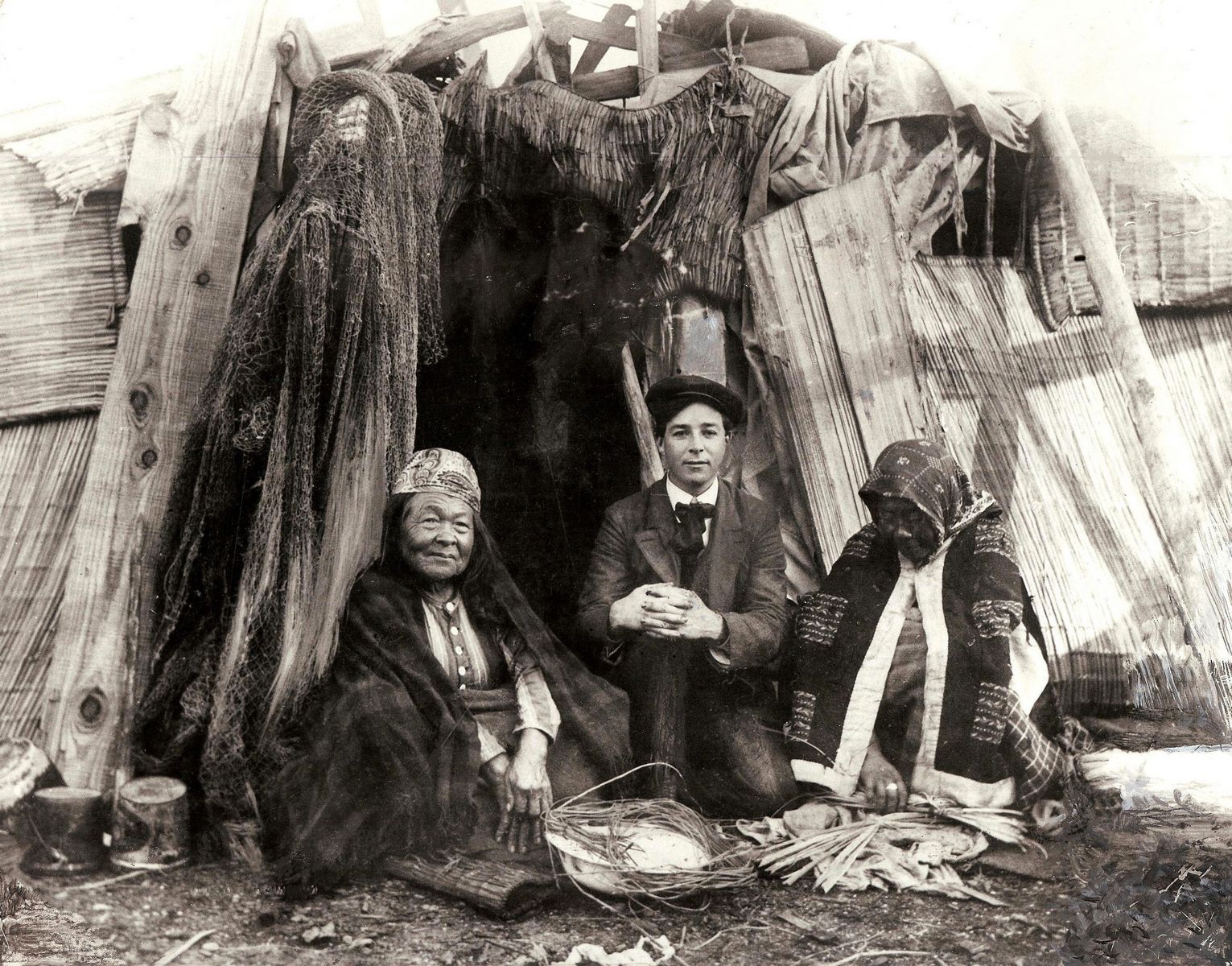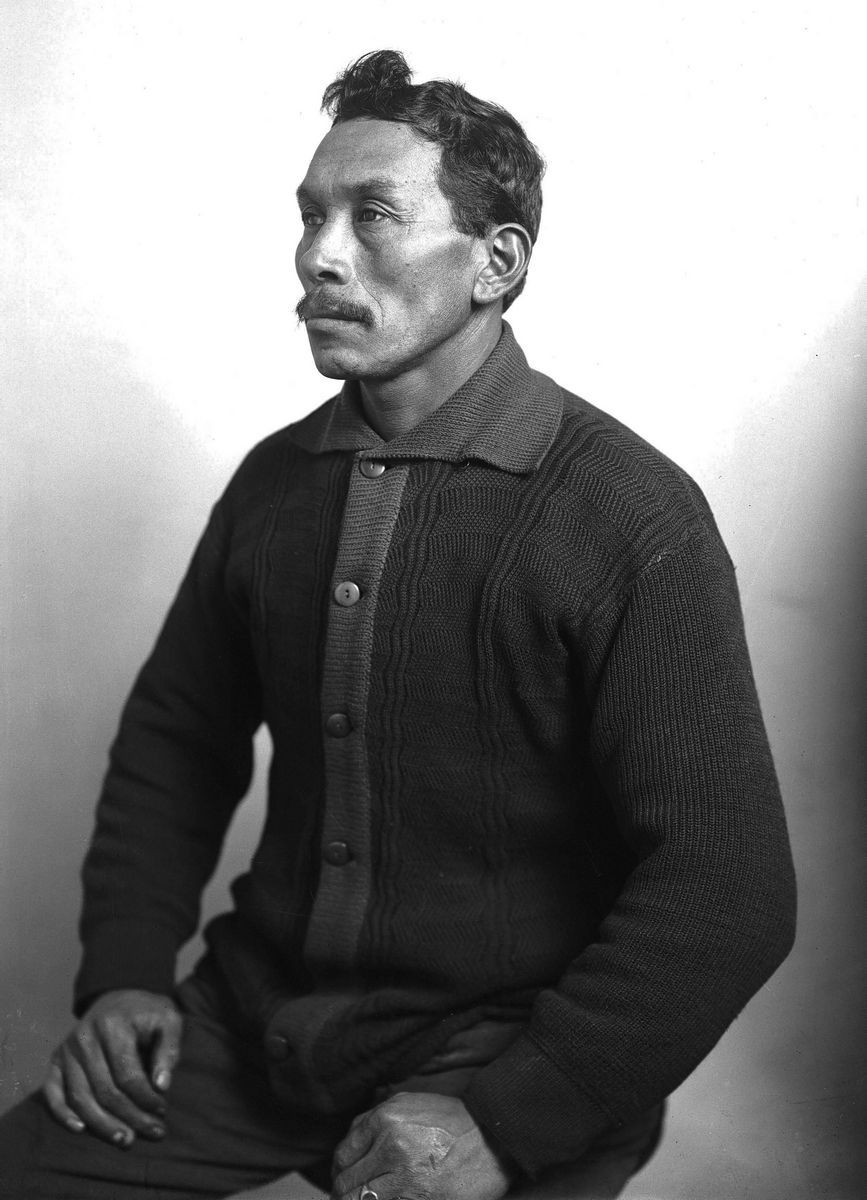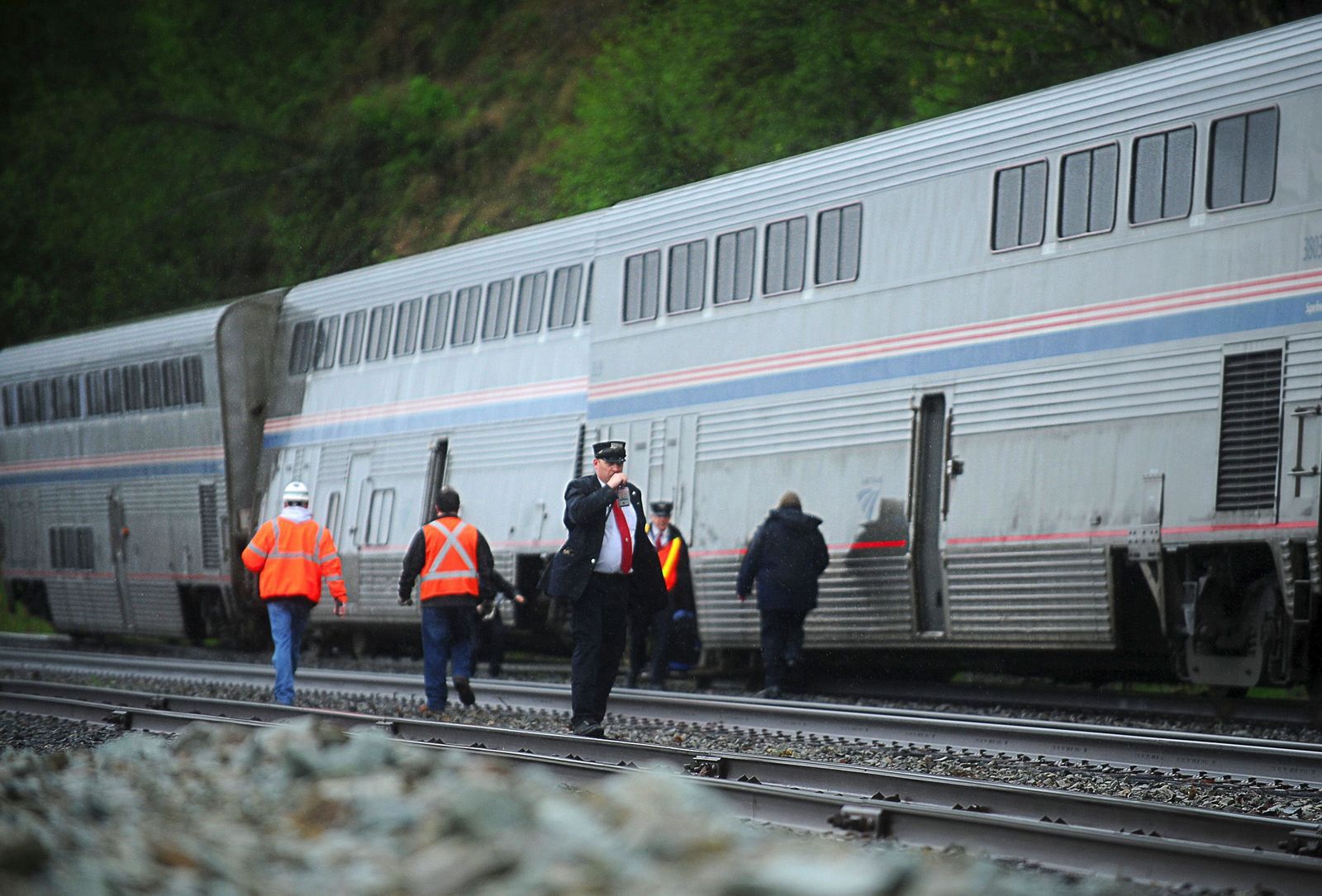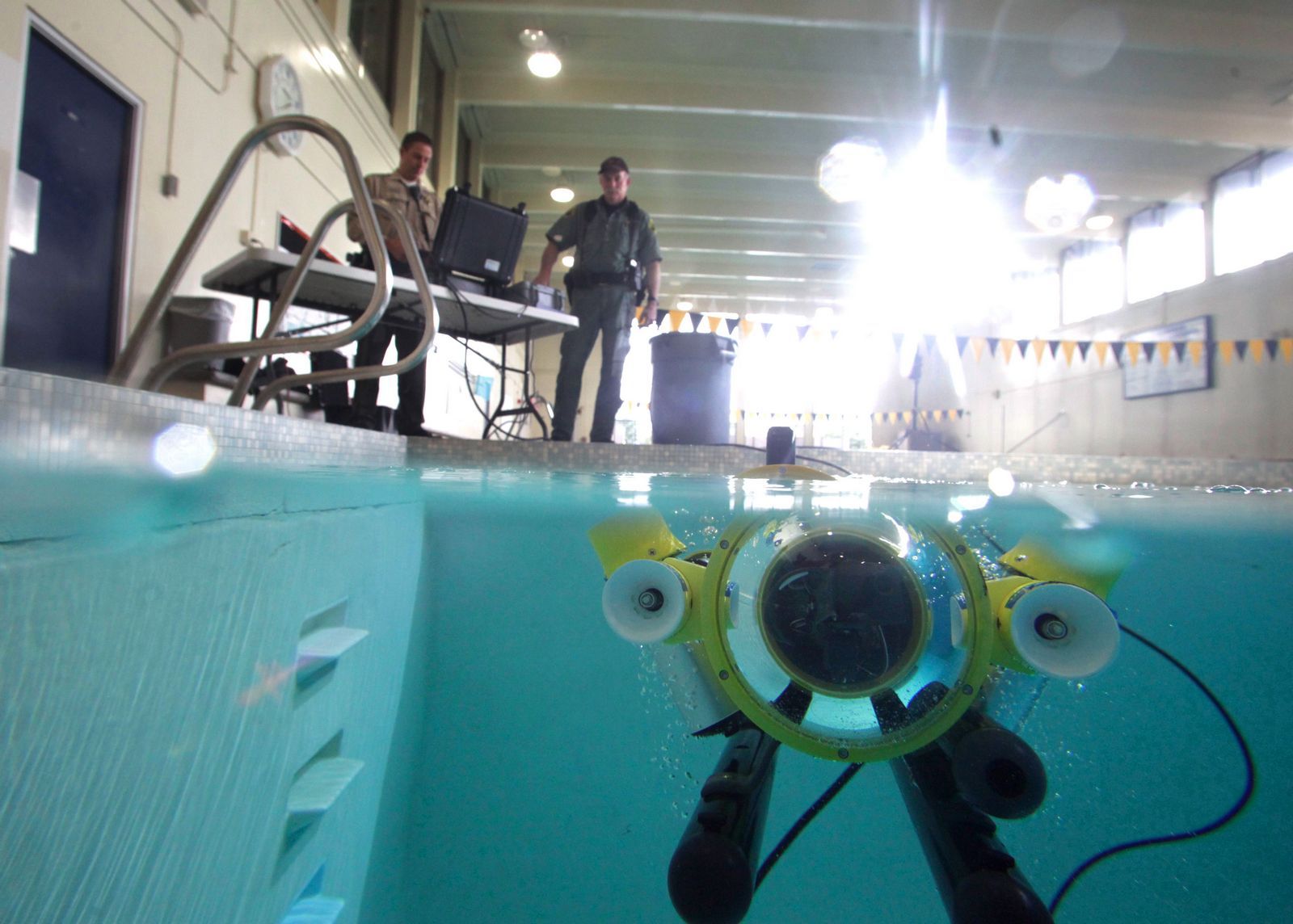EVERETT — If all goes as planned, Everett should have its own indoor, year-round farmers market as early as summer 2014.
Products at the Everett Farmers Market are likely to include fruits and vegetables, meats and fish, milk, cheese, yogurt and ice cream, as well as fresh-cut and dried flowers, local honey, soaps, beer and wine.
The market is part of a larger development on Grand Avenue with 220 apartments and underground parking. The development includes a 115-room Hampton Inn & Suites hotel that will face West Marine View Drive.
“This is an incredible project,” said Lanie McMullin, the city’s economic development director. “It supplies much needed downtown housing. The more residents downtown, the more everything downtown: the more services, restaurants, wine bars and retail.”
The 60,000-square-foot agriculture center would go far beyond fresh veggies. Fresh crops could be turned into products on site at a commercial kitchen and processing facility.
The commercial kitchen would serve as a job incubator, helping entrepreneurs get started making value-added products such as tamales and selling them on the spot without the expensive investment of a full storefront, McMullin said.
The market also would function as a distribution center, allowing farmers to more easily ship produce to Seattle restaurants and other customers.
The market could give downtown Everett a boost by drawing shoppers and getting a nucleus of people living in the area. The project also calls for restaurants, and the layout of the market should allow for special events such as fundraisers.
“People would have a place to walk to downtown,” McMullin said. “They can sit and listen to buskers, eat something, get a cup of coffee.”
Developer Lobsang Dargey of Dargey Enterprises is paying for the project using private investment money. No public money is being used to build or operate the market.
The developer will get a tax break from the city because the project qualifies for a multiple housing tax exemption meant to encourage that type of development downtown.
Dargey is the same developer behind Potala Village, one block southeast on the corner of Rucker and Pacific avenues. Potala Village includes apartments above street-level retail and restaurant space.
The farmers’ market development includes apartments that are on average 800 to 850 square feet, Dargey said. Inside, the apartments will be outfitted with what he called “condo-grade” amenities such as granite countertops and stainless steel appliances. Tenants of the building would have access to a conference room, fitness room and recreation area.
Outside the market, the developer plans a 4,000-square-foot public plaza at the main entrance, according to plans filed with the city of Everett.
A rooftop garden is planned and below the street-level market, the developer plans two levels of parking, including 229 parking spots for residents and 86 more for the public.

















